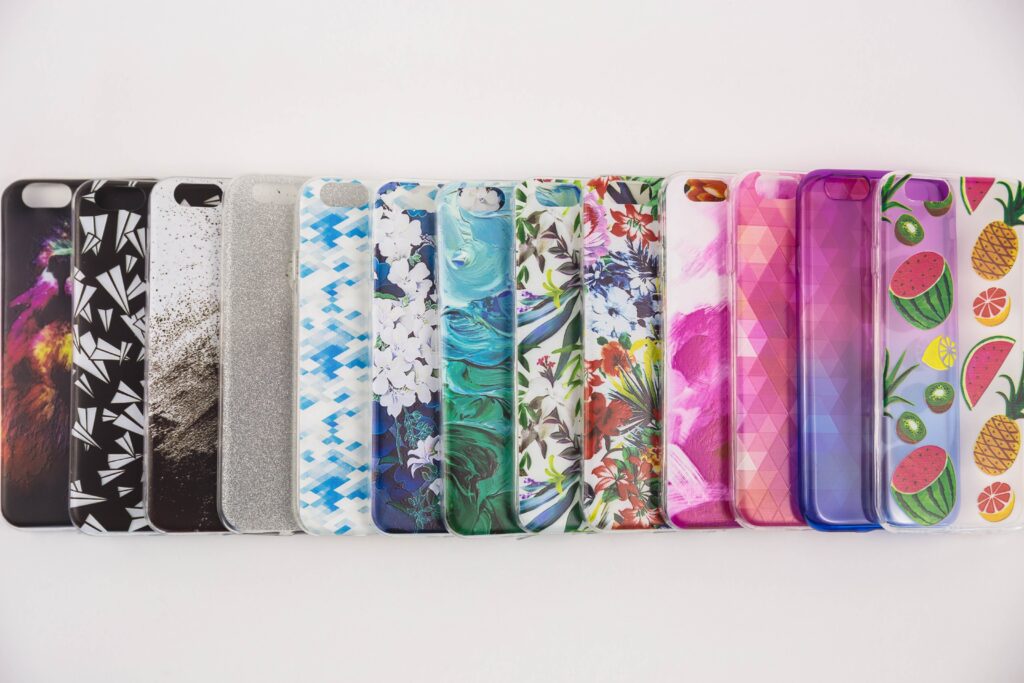We are living in a digital era where online marketing has a major influence on people’s interactions, purchases and lifestyle habits. While technology creates new opportunities for businesses to market their products and services, it also creates new challenges. Businesses must understand how the digital universe is changing and its influence on how they operate.
Below are some examples of how technology is changing digital marketing and what you need to be successful.
Instant Communication
Consumers are no longer willing to wait until Monday morning to hear from you. They expect immediate communication. If you don’t respond within six hours, it’s likely that the customer will leave for a competitor, or worse yet, take their concerns public.
With today’s technology, brands are able to reduce their response times and provide customers with the quick communication they desire. One-on-one messaging and private chat groups are the ideal way to chat in real-time. Consider that Facebook Messenger has 109 million monthly active users in the U.S., surpassing Snapchat and WhatsApp.
Reaching People on Mobile Devices
According to Pew Research, 96% of Americans own a mobile device and 81% own a smartphone. As people spend more time on these devices, it’s become sensible for businesses to reach their customers here. However, consumers expect relevant, well-crafted messages instead of generic advertisements.
To adjust, companies have had to learn how to use their data effectively to attract the right customers. One way to achieve this is with location-based marketing. A strategy of this type allows marketers to reach people based on their geographic location and provide them with special offers like branded swag.
Greater Transparency
There are thousands of security breaches every year, so consumers are growing more careful with who they give their information to. This has forced companies to be more open and honest about the information they collect and how it’s being used. They are also expected to keep the public updated with information, even if it’s not positive. Nevertheless, consumers are not as willing to hand over personal info, leaving brands to be more creative with the data they have.
Filling in Gaps with Offline Marketing and Promotions
Technology has changed how companies market their brand, but that doesn’t mean it has erased offline marketing. In fact, offline marketing remains a key component of any healthy marketing strategy.
Brands need offline marketing to reach their target audience, support their brand image and increase sales. There are different types of offline marketing, but direct mail promotional products remain one of the most popular. People love to receive free stuff, especially in a world where so many brand interactions are digital.
It’s clear that technology is changing the advertising landscape. Marketers must keep up with the latest trends to reach their audience and stay relevant. To do this, online and offline marketing must work together to create a consistent brand presence that provides customers with the assurance and trust they need.




